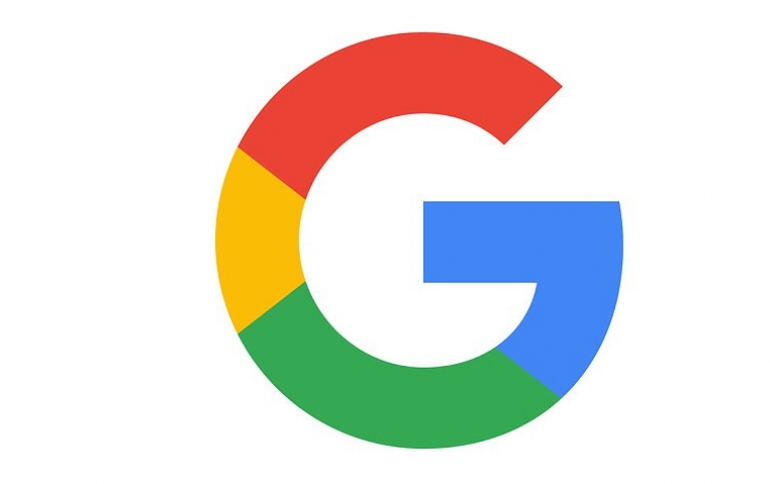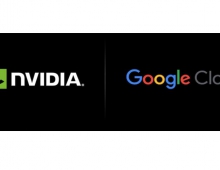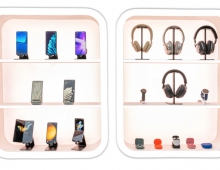
Google Outlines How It Tackles Disinformation Across Seearch, News and Youtube
Today at the Munich Security Conference, Google presented a white paper that gives more detail about the company's work to tackle the intentional spread of misinformation—across Google Search, Google News, YouTube and its advertising systems.
The words “misinformation”, “disinformation”, and “fake news” mean different things to different people and can become politically charged when they are used to characterize the propagators of a specific ideology or to undermine political adversaries. Google refers to deliberate efforts to deceive and mislead using the speed, scale, and technologies of the open web as “disinformation”.
Google says its approach to tackling disinformation in its products and services is based around a framework of three strategies: make quality count in Google's ranking systems, counteract malicious actors, and give users more context.
Google says its algorithms treat websites and content creators fairly and evenly.
Information is organized by “ranking algorithms”. "These algorithms are geared toward ensuring the usefulness of Google's services, as measured by user testing, not fostering the ideological viewpoints of the individuals that build or audit them," Google says.
Gooole says that its algorithms cannot determine whether a piece of content on current events is true or false, nor can they assess the intent of its creator just by reading what’s on a page. However, there are clear cases of intent to manipulate or deceive users. For instance, a news website that alleges it contains “Reporting from Bordeaux, France” but whose account activity indicates that it is operated out of New Jersey in the U.S. is likely not being transparent with users about its operations or what they can trust it to know firsthand.
That’s why Google's across Search, News, YouTube, and advertising products outline behaviors that are prohibited – such as misrepresentation of one’s ownership or primary purpose on Google News and Google's advertising products, or impersonation of other channels or individuals on YouTube.
Furthermore, since the early days of Google and YouTube, many content creators have tried to deceive Google's ranking systems to get more visibility – a set of practices we view as a form of ‘spam’ and that Google has invested significant resources to address. This is relevant to tackling disinformation since many of those who engage in the creation or propagation of content for the purpose to deceive often deploy similar tactics in an effort to achieve more visibility. Over the course of the past two decades, Google says it has invested in systems that can reduce ‘spammy’ behaviors at scale, and complements those with human reviews.
Google says that Search, Google News, YouTube, and its advertising products have all developed additional mechanisms to provide more context and agency to users. Those include:
- “Knowledge” or “Information” Panels in Google Search and YouTube, providing high-level facts about a person or issue.
- Making it easier to discover the work of fact-checkers on Google Search or Google News, by usinglabels or snippets making it clear to users that a specific piece of content is a fact-checking article.
- A “Full Coverage” function in Google News enabling users to access a non-personalized, in-depth view of a news cycle at the tap of a finger.
- “Breaking News” and “Top News” shelves, and “Developing News” information panels on YouTube, making sure that users are exposed to news content from authoritative sources when looking for information about ongoing news events.
- Information panels providing “Topical Context” and “Publisher Context” on YouTube, providing users with contextual information from trusted sources to help them be more informed consumers of content on the platform. These panels provide authoritative information on well-established historical and scientific topics that have often been subject to misinformation online and on the sources of news content, respectively.
- “Why this ad” labels enabling users to understand why they’re presented with a specific ad and how to change their preferences so as to alter the personalization of the ads they are shown, or to opt out of personalized ads altogether.
- In-ad disclosures and transparency reports on election advertising, which are rolling out during elections in the US, Europe, and India as a starting point.
Google's white paper is available here.




















